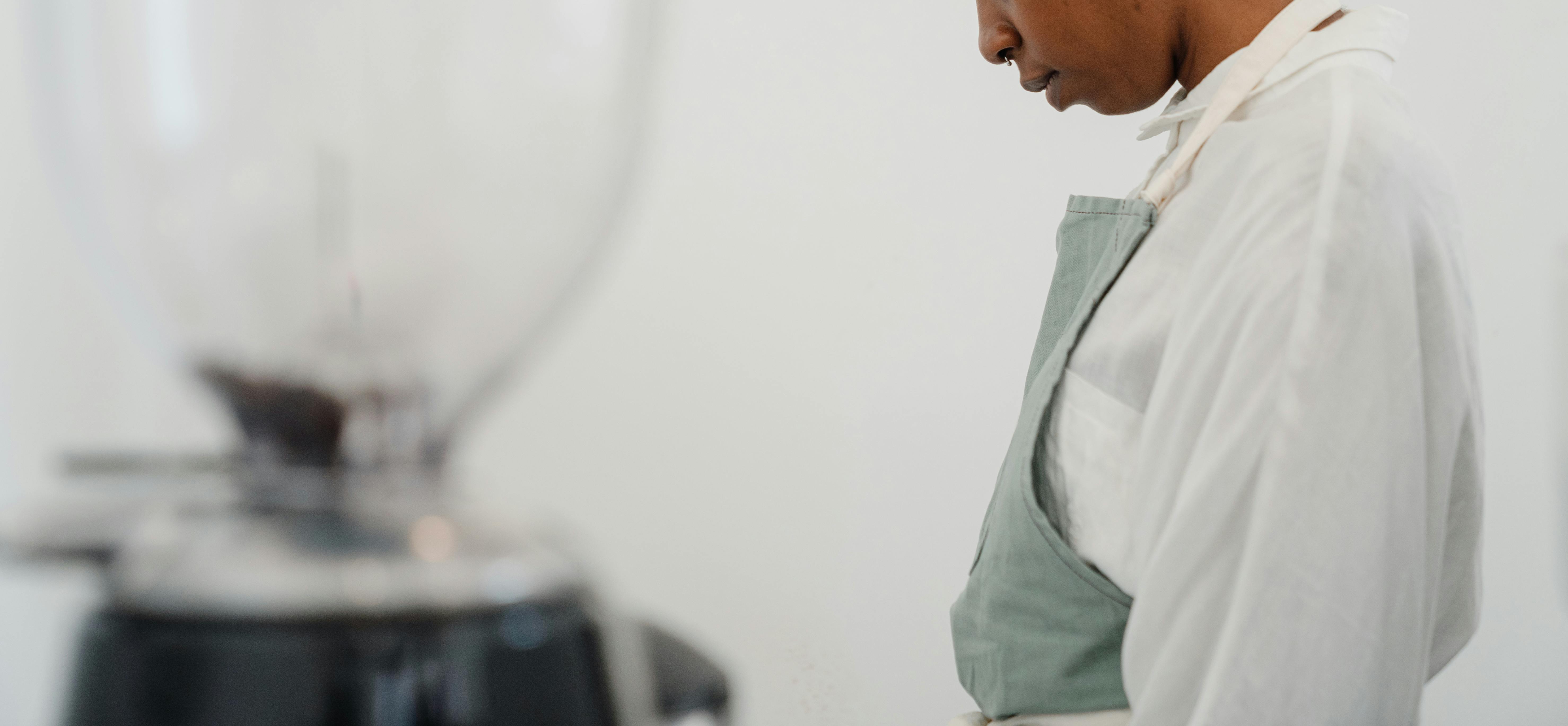
Protecting an idea: can I patent it?
admin
- 0
The short answer to the question is “No.” The ideas themselves are not something you can patent. However, you can patent something that has an impact in the real world. When most people mention patents, they are referring to what the legal profession knows as a utility patent. The protection of an idea with a utility patent can be done in four specific cases:
-
If you develop a process that combines steps or methods
-
If you create a machine
-
If you combine materials to make something completely new
-
If you create a drug or compound that is unlike anything anyone has seen before
If you fit into one of these categories, you can apply for a patent to protect an idea.
Delineations of what can be patented
When protecting an idea, certain things are prime candidates for a patent. However, each patent must follow specific stipulations, such as:
-
The patents you develop cannot be too abstract. For example, if you come up with a particular equation, it cannot be patented on its own. If the equation is used in a process, the process can be patented.
-
Patents do not cover natural discoveries. For example, a explorer in the Bwindi Impenetrable Forest cannot patent a rare flower that he has discovered. However, if he takes that flower back to the lab and crosses it with another rare flower found in a different part of the world and successfully creates a new hybrid flower from it. So, he can patent the hybrid flower because it did not exist in nature, and could only have occurred by human intervention.
-
You need to have a scope for your patent. If one of your discoveries has the potential to do something, unless you can show that it can be done, your patent should not allude to those suggestions as fact.
Requirements for a patent
Protecting an idea with a patent also carries a few other stipulations in addition to the ones mentioned above. Patents must be novel and not obvious. If an idea is new, it means that no one has thought of it before. It must never have been described in a publication or other previously registered patent. A non-obvious invention is one that is not immediately apparent to anyone who sees it. There must be a new element to combine the characteristics that make up your invention, or how those aspects are combined.
What if there is another similar article?
If your invention or idea is not novel, then you have some resources:
- Fight it: If the other invention is not designed for the same purpose or is not the same as yours, you can fight the decision if someone mentions it.
- Dodge it: You don’t have to solve the same problem as the other patent. Limit your idea and you will be able to avoid conflicting with your concept.
- Accept it: Sometimes you end up inventing something that already exists. You have to accept it and go back to the drawing board.

